Home>Maintenance & Safety>Safety Equipment & Products>What Is The Westmead Home Safety Assessment


Safety Equipment & Products
What Is The Westmead Home Safety Assessment
Modified: January 5, 2024
Learn about the Westmead Home Safety Assessment and how it can help you ensure a safe environment with the right safety equipment and products. Contact us for expert advice today.
(Many of the links in this article redirect to a specific reviewed product. Your purchase of these products through affiliate links helps to generate commission for Storables.com, at no extra cost. Learn more)
Introduction
The Westmead Home Safety Assessment is a crucial tool for ensuring the safety and well-being of individuals within their homes. This comprehensive assessment is designed to identify potential hazards and risks, allowing for the implementation of appropriate safety measures to prevent accidents and injuries. Whether you are a senior citizen, a person with a disability, or simply someone concerned about home safety, the Westmead Home Safety Assessment offers valuable insights and recommendations to create a secure living environment. In this article, we will delve into the purpose, components, benefits, and process of arranging a Westmead Home Safety Assessment, shedding light on its significance in promoting home safety and peace of mind.
Key Takeaways:
- The Westmead Home Safety Assessment helps people identify and fix potential hazards in their homes, making it safer for seniors, people with disabilities, and anyone concerned about home safety.
- By arranging a Westmead Home Safety Assessment, individuals can receive personalized safety recommendations and take proactive steps to create a secure living space that promotes independence and peace of mind.
Purpose of the Westmead Home Safety Assessment
The primary purpose of the Westmead Home Safety Assessment is to evaluate the safety of an individual’s home environment and identify potential hazards that could pose a risk to their well-being. This assessment aims to provide a comprehensive overview of the safety conditions within the home, encompassing various factors such as accessibility, fall risks, fire safety, and overall environmental safety. By conducting a thorough evaluation, the assessment seeks to pinpoint areas of concern and recommend practical solutions to mitigate potential dangers.
Moreover, the assessment is tailored to address the specific needs of individuals, taking into account factors such as age, mobility, and health conditions that may impact their safety requirements. Whether it involves installing grab bars in the bathroom, removing tripping hazards, or improving lighting for better visibility, the assessment is designed to offer personalized recommendations to enhance the overall safety and comfort of the home environment.
Furthermore, the Westmead Home Safety Assessment serves as a proactive measure to prevent accidents and injuries, particularly for individuals who may be more vulnerable due to age-related factors or physical limitations. By identifying and addressing potential safety concerns, the assessment empowers individuals to create a secure living space that promotes independence and reduces the risk of accidents.
Overall, the purpose of the Westmead Home Safety Assessment is rooted in the fundamental goal of safeguarding individuals within their homes, fostering a sense of security, and promoting a supportive living environment that aligns with their specific safety needs.
Components of the Assessment
The Westmead Home Safety Assessment encompasses a comprehensive evaluation of various key components within the home environment, aiming to identify potential hazards and safety risks. The assessment involves a multi-faceted approach, considering factors such as accessibility, fall prevention, fire safety, and overall environmental hazards. Each component plays a vital role in ensuring the overall safety and well-being of individuals within their homes.
Accessibility: One of the primary components of the assessment is evaluating the accessibility of the home, particularly for individuals with mobility challenges or disabilities. This involves assessing the ease of movement throughout the living space, including the presence of ramps, handrails, and doorways that accommodate mobility aids such as wheelchairs or walkers. Recommendations may include modifications to improve accessibility, such as installing ramps or widening doorways to facilitate smooth navigation within the home.
Fall Prevention: The assessment also focuses on identifying potential fall hazards within the home environment. This includes evaluating the layout of the living space, the presence of tripping hazards, and the condition of flooring surfaces. Additionally, the assessment considers the need for safety features such as grab bars in bathrooms, non-slip flooring, and adequate lighting to reduce the risk of falls, especially for individuals with balance or mobility issues.
Fire Safety: Another crucial component of the assessment is examining the home’s fire safety measures. This involves assessing the functionality of smoke detectors, the accessibility of fire extinguishers, and the presence of clear exit routes in the event of an emergency. Recommendations may include updating or installing smoke detectors, practicing fire escape drills, and ensuring that fire extinguishers are easily accessible and in working condition.
Overall Environmental Hazards: The assessment encompasses a comprehensive review of potential environmental hazards within the home, including factors such as proper storage of household chemicals, adequate lighting, and the removal of clutter that may impede safe movement. Recommendations may involve organizing living spaces to minimize clutter, improving lighting for better visibility, and ensuring that potentially hazardous materials are stored safely and out of reach.
By addressing these key components, the Westmead Home Safety Assessment provides a holistic view of the home environment, identifying potential safety risks and offering tailored recommendations to enhance overall safety and well-being.
Benefits of the Assessment
The Westmead Home Safety Assessment offers a myriad of benefits that contribute to the overall well-being and safety of individuals within their homes. By undergoing this comprehensive evaluation, individuals can gain valuable insights and practical recommendations tailored to their specific needs, ultimately creating a safer and more secure living environment. The benefits of the assessment extend beyond mitigating potential hazards, encompassing aspects of independence, peace of mind, and proactive safety measures.
Personalized Safety Recommendations: One of the primary benefits of the assessment is the opportunity to receive personalized safety recommendations based on the specific needs and circumstances of the individual. Whether it involves implementing modifications for better accessibility, addressing fall risks, or enhancing fire safety measures, the assessment provides tailored recommendations to improve the overall safety and comfort of the home environment.
Accident Prevention: By identifying potential hazards and safety risks within the home, the assessment plays a pivotal role in preventing accidents and injuries. Whether it’s addressing slippery surfaces, inadequate lighting, or obstacles that impede safe movement, the proactive approach of the assessment helps mitigate potential dangers, particularly for individuals who may be more susceptible to accidents due to age-related factors or physical limitations.
Promotion of Independence: Creating a safe and supportive home environment through the assessment’s recommendations promotes independence and autonomy for individuals with mobility challenges or disabilities. By implementing accessibility modifications and fall prevention measures, individuals can navigate their living space with greater ease and confidence, fostering a sense of independence and self-reliance.
Peace of Mind: The assessment offers peace of mind for both individuals and their families, knowing that proactive measures have been taken to ensure a safer living environment. This sense of security contributes to overall well-being, alleviating concerns about potential safety hazards and allowing individuals to feel more at ease within their homes.
Proactive Safety Measures: Engaging in the assessment reflects a proactive approach to safety, emphasizing the importance of preemptive measures to address potential risks. By identifying and addressing safety concerns before they escalate, individuals can take proactive steps to create a secure living space, reducing the likelihood of accidents and promoting a preventive mindset towards home safety.
Overall, the Westmead Home Safety Assessment offers a range of benefits that extend beyond physical safety, encompassing emotional well-being, independence, and the reassurance of a secure home environment tailored to individual needs.
The Westmead Home Safety Assessment is a tool used to identify potential safety hazards in the home and make recommendations for improvements to prevent accidents and injuries. It is often used for elderly or disabled individuals to help them live independently and safely at home.
Who Can Benefit from the Assessment
The Westmead Home Safety Assessment is designed to cater to a diverse range of individuals who can benefit significantly from its insights and recommendations. The assessment is tailored to address the specific safety needs of various groups, encompassing individuals with mobility challenges, seniors, persons with disabilities, and those seeking to enhance the overall safety of their living environment. Understanding the diverse demographic that can benefit from the assessment sheds light on its inclusive and impactful nature.
Seniors: Seniors represent a significant demographic that can greatly benefit from the assessment, particularly as they may face age-related challenges that impact their safety within the home. The assessment provides valuable recommendations to address fall risks, improve accessibility, and create a secure living space that promotes independence and well-being for seniors.
Persons with Disabilities: Individuals with disabilities stand to gain substantial benefits from the assessment, as it offers personalized recommendations to enhance accessibility and address specific safety concerns related to their mobility and unique needs. By identifying potential hazards and implementing tailored solutions, the assessment contributes to creating a supportive and inclusive living environment for persons with disabilities.
Family Caregivers: Family members and caregivers of individuals with safety concerns can also benefit from the assessment, as it provides actionable recommendations to improve the overall safety of the home environment. This empowers caregivers to make informed decisions and take proactive measures to create a secure living space, enhancing the well-being of their loved ones.
Individuals with Mobility Challenges: Those facing mobility challenges due to injury, illness, or other factors can benefit from the assessment’s focus on accessibility and fall prevention. The personalized recommendations offered through the assessment aim to alleviate mobility barriers and create a safer living environment, allowing individuals to navigate their homes with greater ease and confidence.
Anyone Seeking to Enhance Home Safety: Beyond specific demographics, the assessment is valuable for anyone seeking to enhance the overall safety of their living environment. Whether it involves addressing general safety concerns, minimizing potential hazards, or creating a more secure home environment, the assessment offers practical recommendations that benefit individuals of all ages and circumstances.
Ultimately, the Westmead Home Safety Assessment caters to a diverse audience, encompassing individuals with varying safety needs, and serves as a valuable resource for promoting home safety and well-being across different demographic groups.
How to Arrange for a Westmead Home Safety Assessment
Arranging for a Westmead Home Safety Assessment is a straightforward process that begins with initiating contact with the appropriate channels to schedule the assessment. Whether you are seeking the assessment for yourself, a family member, or a loved one, the following steps outline the process of arranging for a comprehensive home safety assessment:
- Contact Westmead Home Safety Services: The first step involves reaching out to Westmead Home Safety Services, the organization responsible for conducting the assessments. This can typically be done via phone, email, or through their official website. The organization’s representatives can provide detailed information about the assessment process, eligibility criteria, and scheduling options.
- Discuss the Individual’s Needs: During the initial contact, it is important to discuss the specific safety needs and concerns of the individual for whom the assessment is being arranged. This may include details about mobility challenges, existing safety hazards, or any specific areas of the home that require attention. Providing comprehensive information ensures that the assessment is tailored to address the individual’s unique safety requirements.
- Schedule the Assessment: Once the initial discussion has taken place, the next step is to schedule the assessment at a convenient time. The organization will coordinate with the individual or their representative to arrange a suitable date and time for the assessment to take place. Flexibility is often offered to accommodate the individual’s schedule and ensure a smooth and convenient process.
- Prepare for the Assessment: Prior to the scheduled assessment, it is advisable to prepare the home environment to facilitate a thorough evaluation. This may involve ensuring that all areas of the home are accessible for assessment, providing relevant information about any specific safety concerns, and being available to accompany the assessor during the evaluation process.
- Attend the Assessment: On the scheduled date, the assessor from Westmead Home Safety Services will conduct a comprehensive evaluation of the home environment, taking into account various safety factors and potential hazards. It is beneficial for the individual or their representative to be present during the assessment to provide additional insights and address any specific concerns directly with the assessor.
- Receive Recommendations and Follow-Up: Following the assessment, the individual will receive personalized safety recommendations based on the findings. These recommendations may include modifications, safety measures, and practical solutions to enhance the overall safety of the home environment. Additionally, the organization may offer follow-up support and guidance to assist in implementing the recommended safety measures.
By following these steps, individuals can effectively arrange for a Westmead Home Safety Assessment, paving the way for a comprehensive evaluation and personalized safety recommendations tailored to their specific needs.
Conclusion
The Westmead Home Safety Assessment stands as a vital resource for individuals seeking to create a secure and supportive living environment tailored to their specific safety needs. Through its comprehensive evaluation process and personalized recommendations, the assessment plays a pivotal role in mitigating potential hazards, promoting independence, and fostering peace of mind within the home. By addressing key components such as accessibility, fall prevention, fire safety, and overall environmental hazards, the assessment offers a holistic approach to enhancing home safety and well-being.
Furthermore, the inclusive nature of the assessment ensures that a diverse range of individuals, including seniors, persons with disabilities, and those seeking to enhance overall home safety, can benefit from its insights and recommendations. The assessment’s proactive approach to accident prevention and personalized safety measures contributes to a sense of security and empowerment for individuals and their families, emphasizing the importance of creating a safe and supportive living environment.
Arranging for a Westmead Home Safety Assessment involves a straightforward process, beginning with initiating contact with Westmead Home Safety Services and scheduling a comprehensive evaluation of the home environment. By actively participating in the assessment process and implementing the personalized safety recommendations, individuals can take proactive steps to create a secure living space that aligns with their specific safety requirements.
In conclusion, the Westmead Home Safety Assessment serves as a cornerstone in promoting home safety, independence, and peace of mind. Its impact extends beyond physical safety, encompassing emotional well-being and the reassurance of a living environment designed to support the unique safety needs of individuals. By embracing the insights and recommendations offered through the assessment, individuals can embark on a journey towards creating a safer, more secure, and empowering home environment.
Frequently Asked Questions about What Is The Westmead Home Safety Assessment
Was this page helpful?
At Storables.com, we guarantee accurate and reliable information. Our content, validated by Expert Board Contributors, is crafted following stringent Editorial Policies. We're committed to providing you with well-researched, expert-backed insights for all your informational needs.
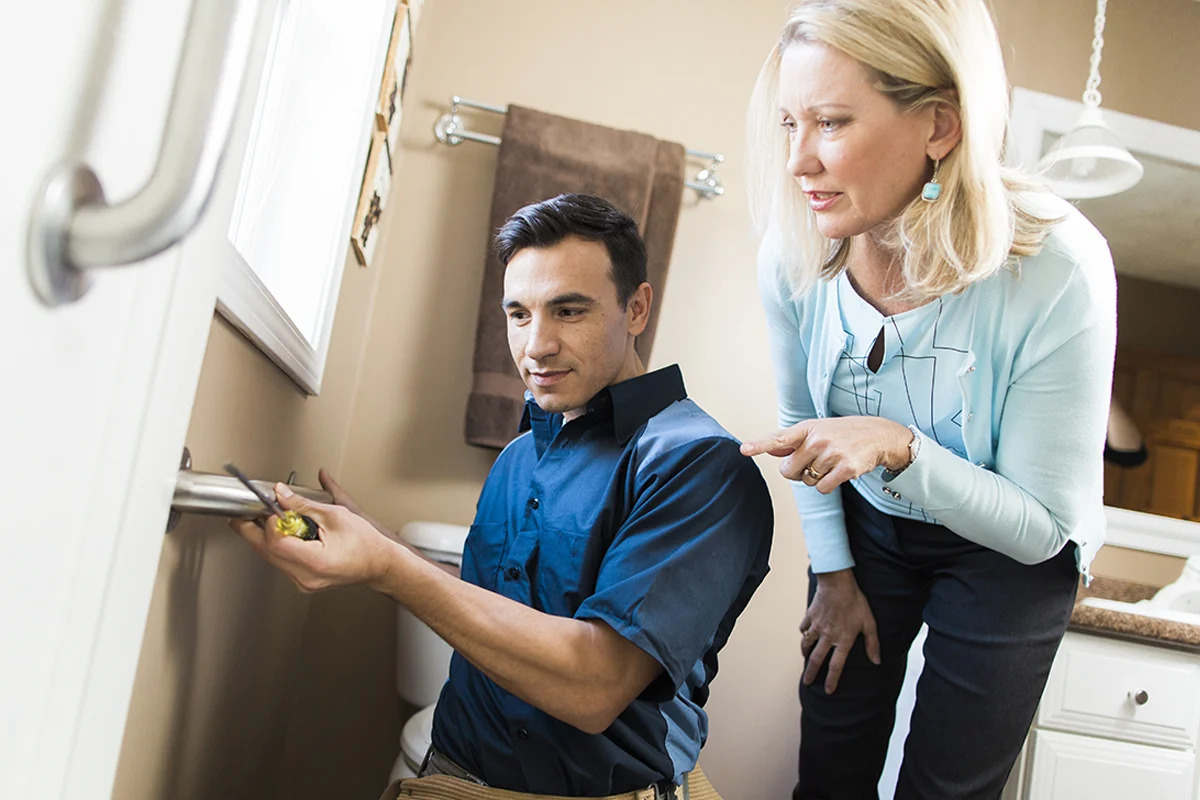


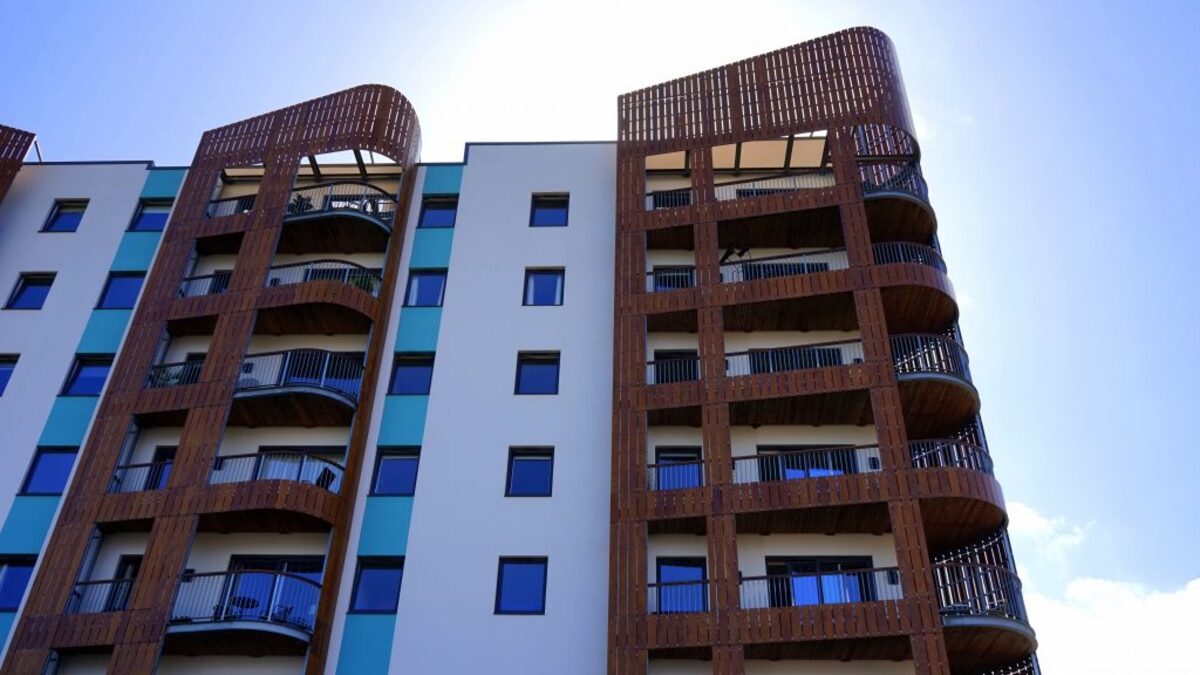


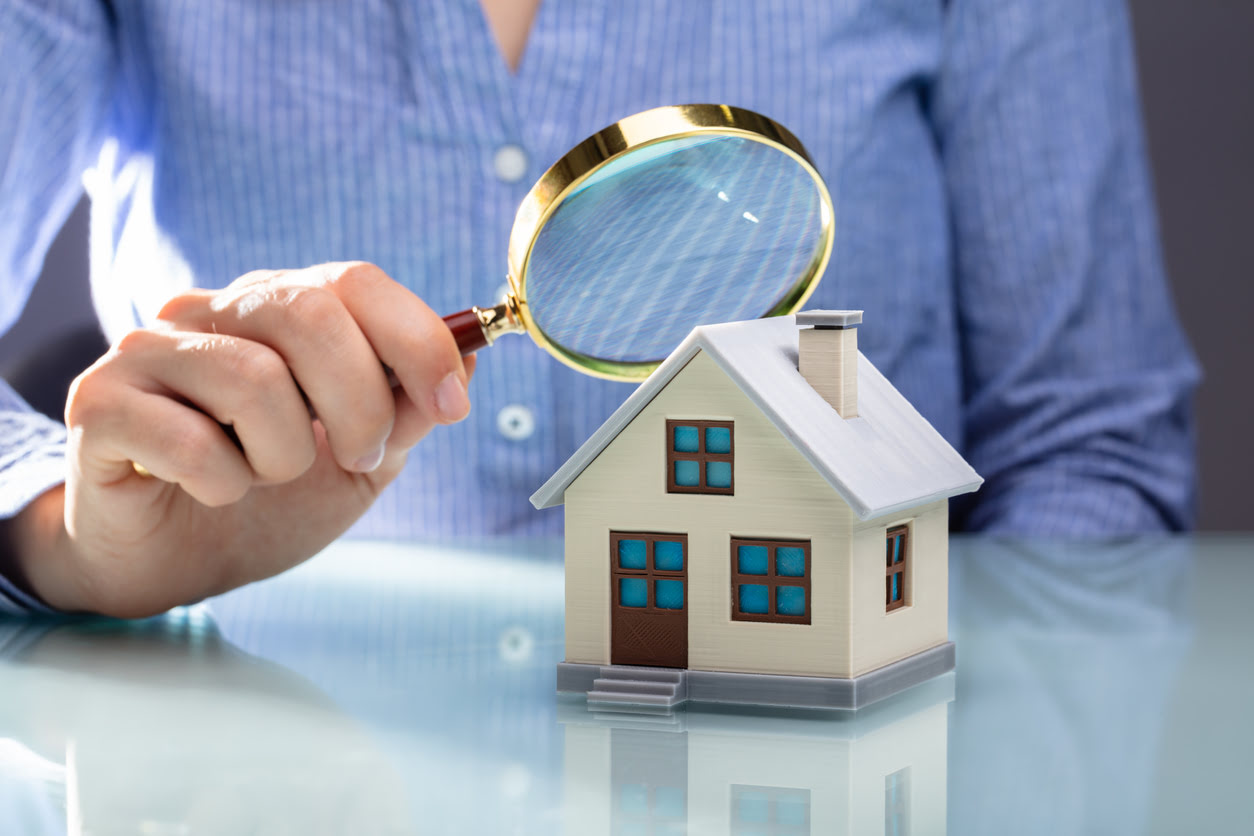



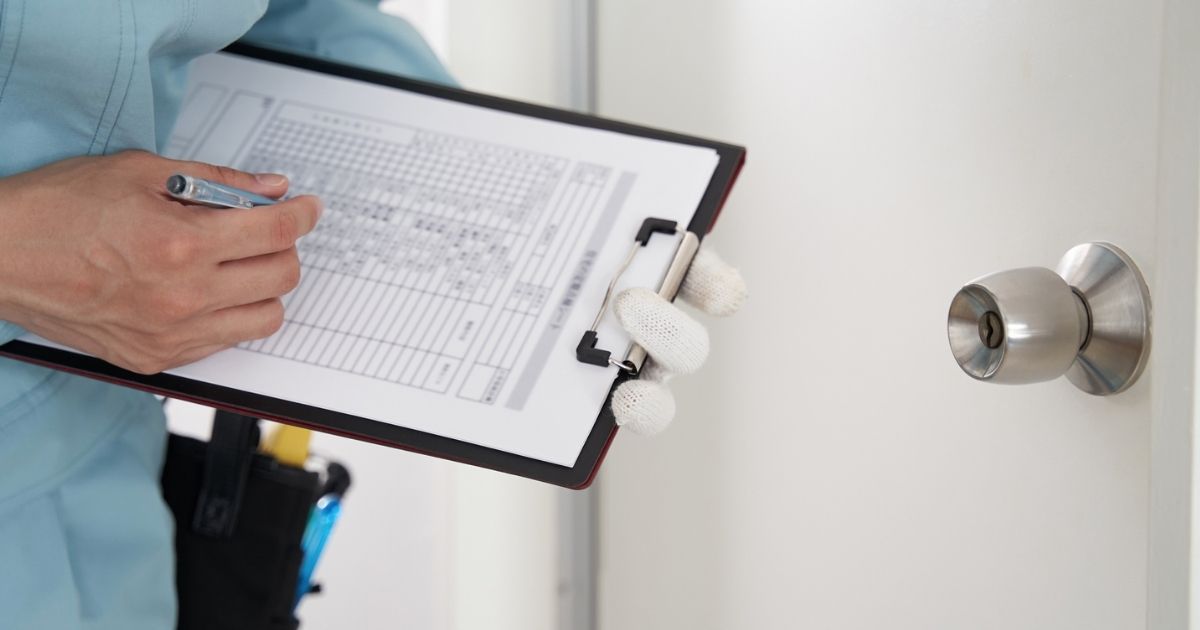
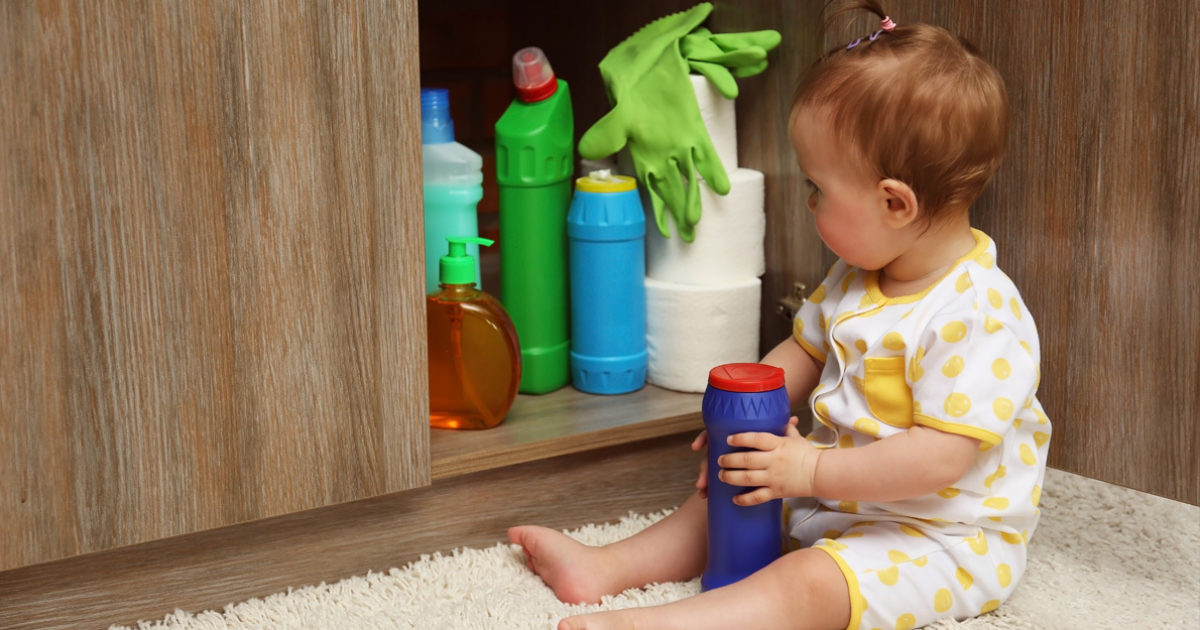



0 thoughts on “What Is The Westmead Home Safety Assessment”